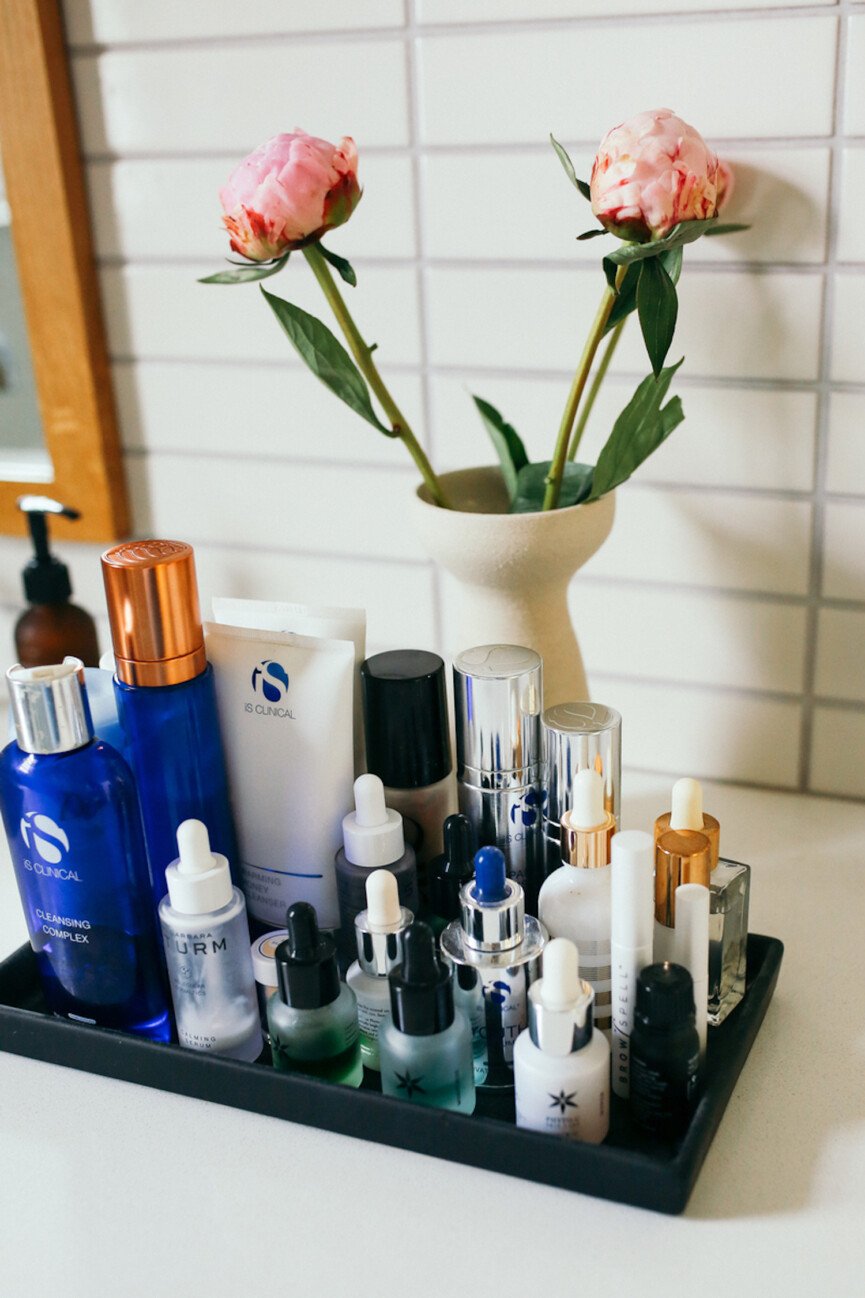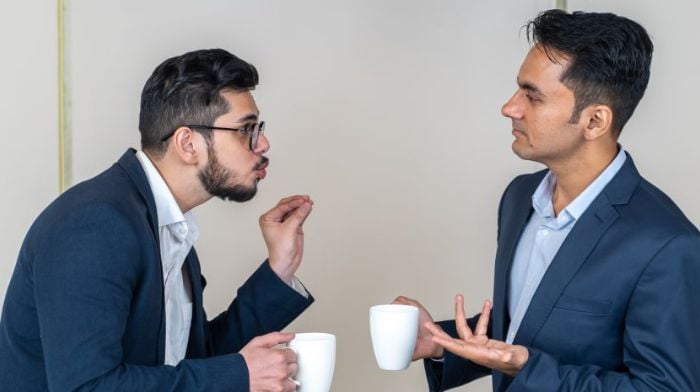Last week, I tried my very first AI-powered massage. While I’ve gotten a traditional massage before, I was unsure what to make of the idea of two robotic arms pressing into my back instead of a human. Would it make me feel in control and comfortable? Or, would it feel—dare I say—robotic and not personalized?
I walked into Aescape’s Chelsea office in New York City to find out. I changed into a skin-tight pair of athleisure leggings and a long-sleeved shirt and met CEO Eric Litman, who founded the company in 2017 to address his chronic upper back and neck pain.
“There’s something really special about the interaction between what humans can do to help robots better understand people and then help to better improve our lives,” Litman tells me onsite. “It’s just you and the table. You’re in complete control of the experience.”
Alexa Mikhail via Fortune
The robotic massage
Litman led me past the rows of company desks to one of their in-house massage rooms, which emulated a spa experience with dim lighting and comforting tones—albeit with two long white robotic arms hovering above the table instead of a masseuse. Litman informed me that sensors above me would take a 3D model of my body and then customize the massage to my form. “It knows specifically what parts of the body like different types of pressure,” says Litman, who gets an AI-powered massage several times a week steps away from his desk.
I lay face down, adjusted the music genre—choosing from a range of soft piano tunes and even heavy metal—and toggled the pressure of the automated arms. Litman worked alongside orthopedic surgeons and massage therapists, who he says helped guide the team on how much force the machine would have. “They were especially designed not to be that strong. They’re perfectly strong for a great massage, but they’re not any stronger and don’t have any ability to hurt you,” he says, adding that if I press the big red button in the center of the screen, the massage will stop and the arms will move away from me.
As the massage began, I could see the automated arms in real time on the screen below me as they moved from my upper to lower back. I set the machine to natural sounds and began increasing the pressure. I ended up leaving it at 100%, which felt strong but not overpowering.
Bringing AI to the spa
Seven years ago, Litman had begun researching how AI could infiltrate the wellness and health recovery space as the proliferation of tech-based wellness offerings came onto the scene.
After several iterations and testing on over 5,000 people, the company secured $80 million in funding to launch the world’s first fully automatic massage machine on March 13, thanks partly to investor and NBA player Kevin Love, who uses the product. As far as Litman knows, this is the first at-scale robotic device designed to be in the closest contact with humans. Aescape is launching in partnership with 10 Equinox gyms in New York City, offering 30-minute massages for $60. The company plans to have 600 operating tables in hotels, workplaces, and sports teams by the end of the year, Litman says in our interview after my experience.
The ideal customer? It’s anyone who needs to “recover from life,” Litman says. Consumers will range from health optimizers to executives in sedentary jobs. “People are being a lot more thoughtful about taking care of themselves and recognizing that we are collectively living longer,” he says, hoping to make recovery an essential part of health instead of merely an indulgence.
Fortune
In response to the most obvious critique of what happens when we lose human touch and connection during a massage, Litman says it’s simple. He’s not trying to recreate or replace the standard within the $19 billion massage therapy industry. Instead, he says some may feel disempowered by a traditional massage to advocate for themselves or may feel uncomfortable undressing. Being able to control the pressure can ease any hesitations about speaking up, Litman says, who also sees his product as an additive to the spa industry amid the considerable masseuse shortage in the U.S.
He also envisions a future where therapists incorporate AI into their practices. “I think over time, as people in general become more comfortable with automated services and solutions in their life, even those who love treatments with therapists will enjoy what we do,” he says.
Hands down, I felt more rejuvenated and relaxed after my 30-minute massage. I appreciated having control over the experience, and I didn’t feel like it took me out of the moment. At times, I even forgot I was alone in the room. Still, it will be interesting to see if an AI-powered massage can compete with a human masseuse who can discuss your concerns and adapt their technique accordingly. I would be intrigued to try a hybrid approach in the future, where AI offerings for wellness are accompanied by human therapists.
“The idea is that it’s familiar. It’s comfortable,” Litman says. And yet, “It’s different.”






















































![[VIDEO] ‘Andor’ Release Date Delayed on Disney+ — Watch Trailer [VIDEO] ‘Andor’ Release Date Delayed on Disney+ — Watch Trailer](https://tvline.com/wp-content/uploads/2022/08/andor-trailer.jpg?w=620)




